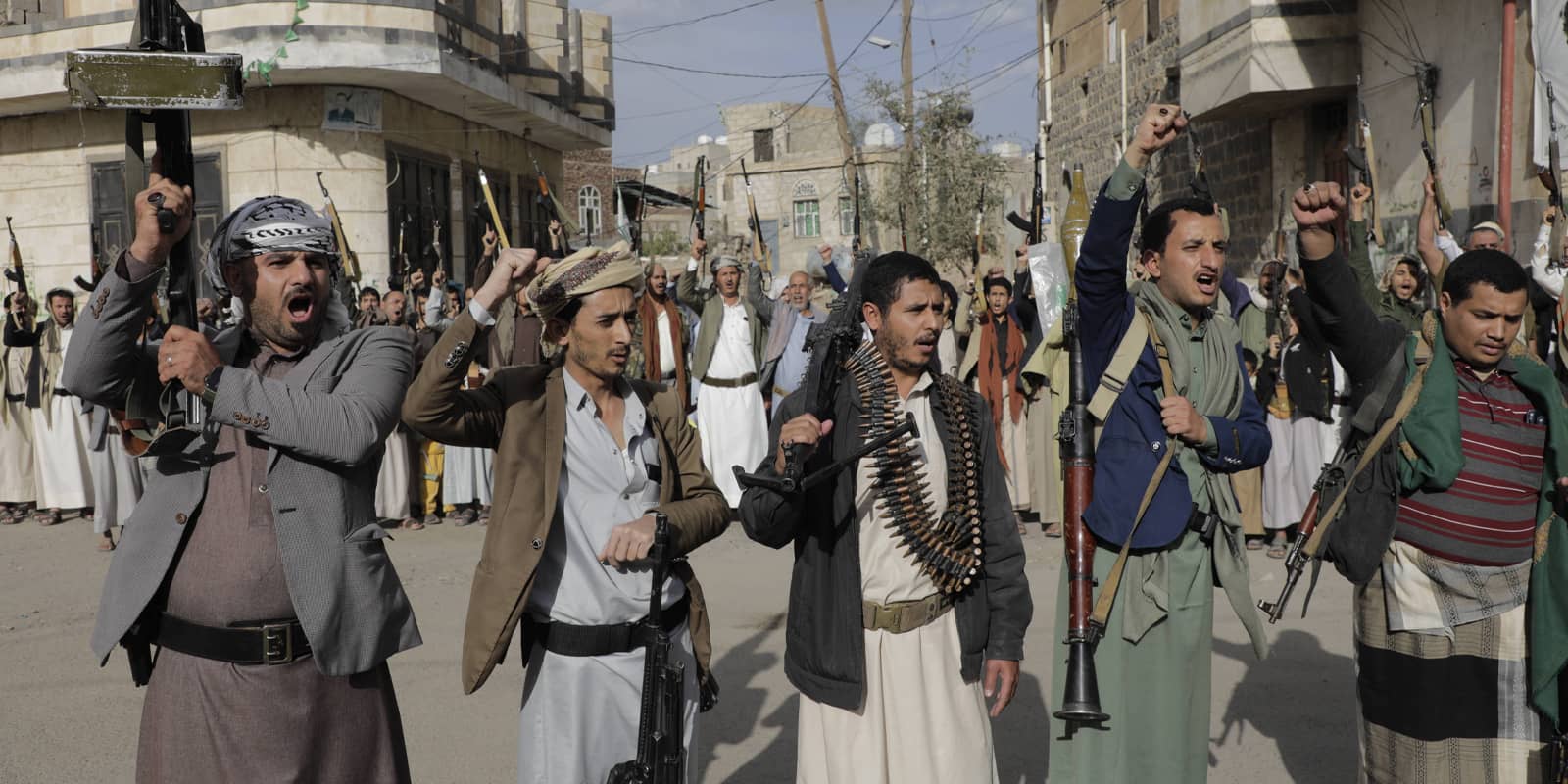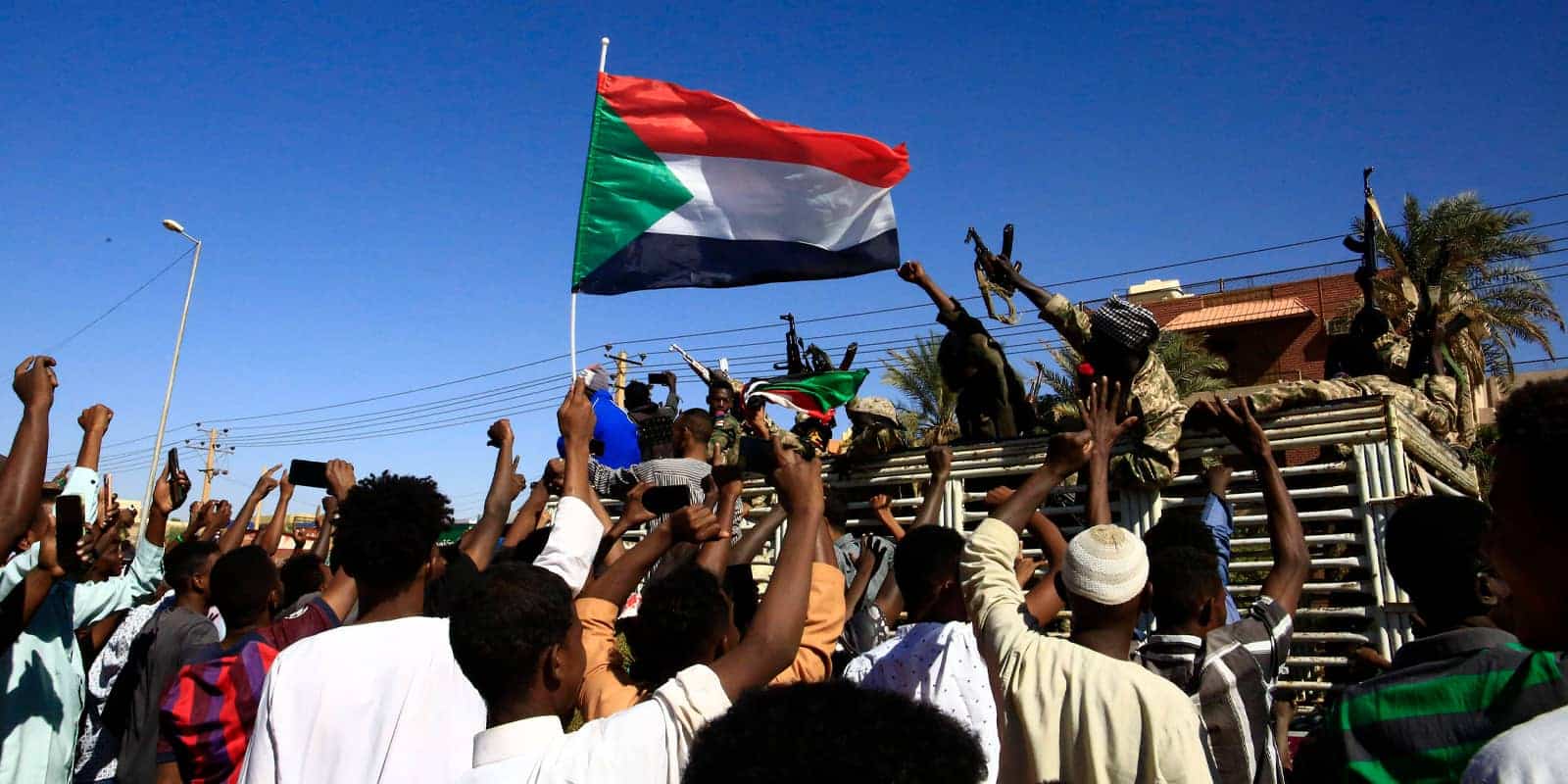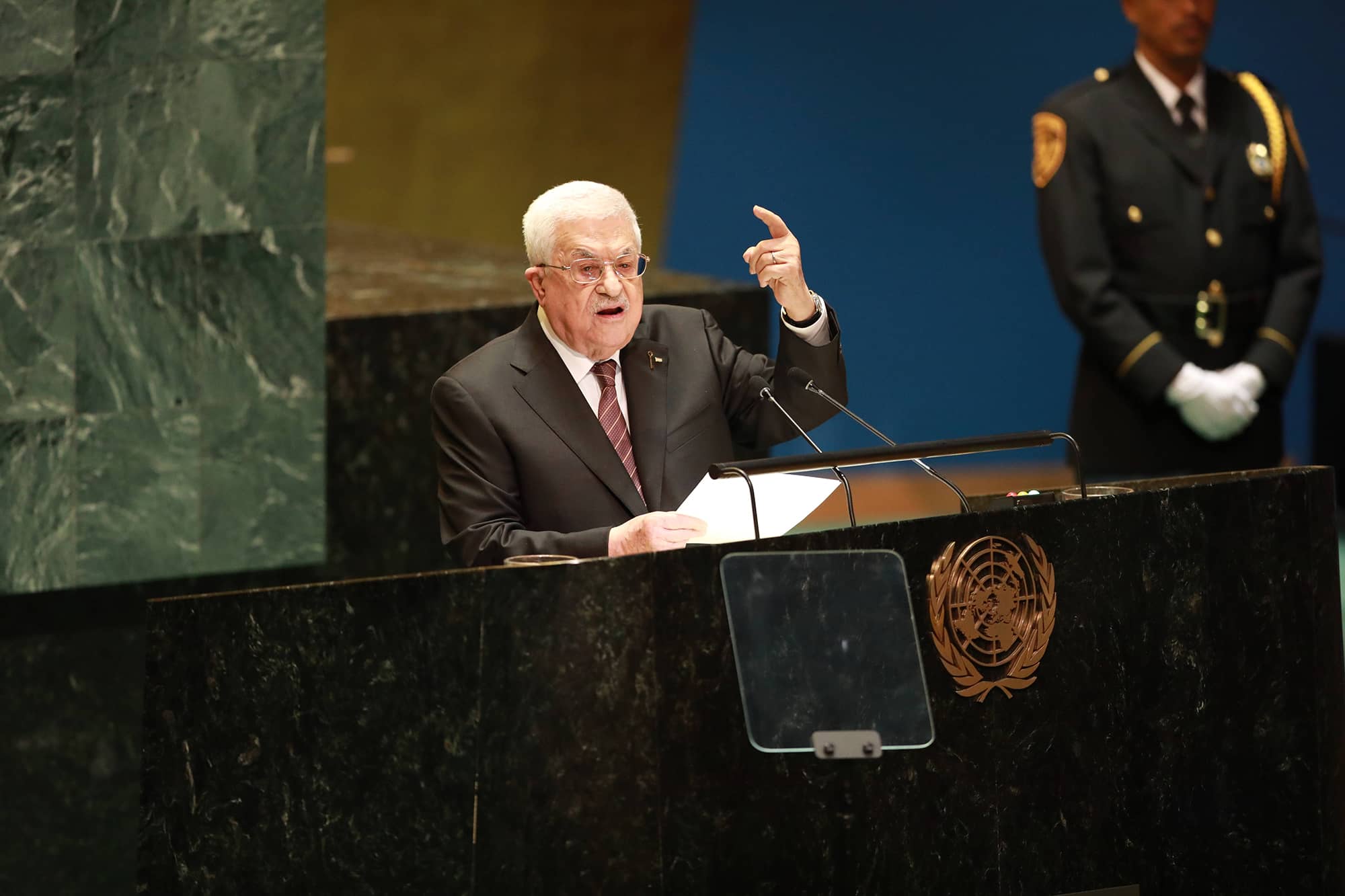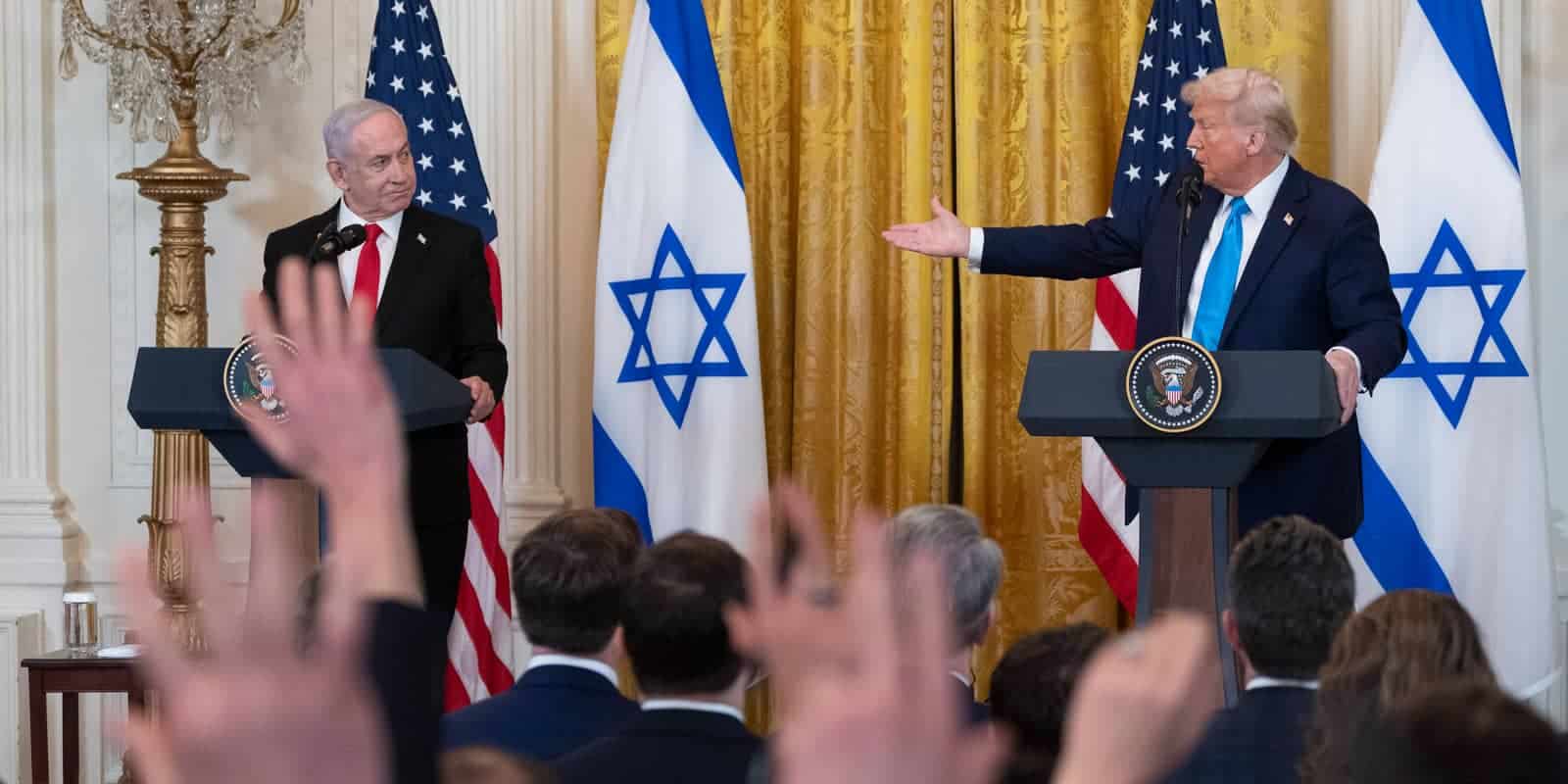Summary
Israel’s “Operation Rising Lion” has fundamentally shattered the previous paradigm of a lengthy shadow war with Iran. By demonstrating an unprecedented ability to project continuous force deep into Iranian territory, achieve air superiority, and systematically dismantle core components of the regime’s nuclear and missile programs, Israel, together with the United States, has created a new military-strategic reality and eliminated existential threats.
Iran’s nuclear program, which was close to the point of no return regarding breakout to weaponization, has been significantly rolled back—by over two years according to Israeli assessments. Additionally, its missile production and launch program, which aimed to achieve a stockpile of 8,000 ballistic missiles—an existential threat to a country the size of Israel—has also been severely damaged.
This was accomplished by degrading all components of the nuclear and missile programs, including uranium enrichment and conversion sites, both above and underground, at Isfahan, Fordow, and Natanz, centrifuge production centers, key Iranian nuclear scientists with no obvious or immediate successors, nuclear knowledge archives, and other targets.
Production and storage facilities for ballistic missiles, as well as over 50% of surface-to-surface missile launchers, have been rendered inoperable by the Israeli Air Force (IAF).
This follows significant damage to Iran’s proxies in three arenas —Hezbollah in Lebanon, the Assad regime and Shi’ite militias in Syria, and Hamas and Palestinian Islamic Jihad in Gaza—since October 7, 2023. The Assad regime has fallen and the proxy groups in these countries have ceased to be relevant regional actors, leaving Iran vulnerable in a state-on-state conflict it never intended to fight alone.
However, with the intense phase of the conflict having concluded without an immediate collapse of the Islamic regime, a critical question emerges: Can Israel, if necessary, apply its new, proactive doctrine in Iran—preventing threats to its security before they develop? This approach is being used effectively in Lebanon against Hezbollah, in Syria against an array of threats, in Judea and Samaria, and will likely be a key feature of Israeli operations in Gaza in the future.
A “strategic preventive mowing” from a distance, designed to respond to any detection of Iranian efforts to rebuild missile and nuclear capabilities, is feasible and should be Israel’s strategic imperative moving forward.
The assumption that Iran will quickly move to rebuild its nuclear and missile capabilities is not self-evident. The Islamic Republic will likely evaluate the level of assistance it can receive from partners like Russia and China. However, it is more likely to avoid rushing into a new, damaging confrontation with Israel, opting instead to carry out international terror attacks on soft targets.
Nevertheless, should the regime survive the fallout from its defeat, continuous Israeli monitoring and capability removal in Iran could become routine to prevent the reconstitution of existential threats.
According to a Wall Street Journal report published on July 11, Prime Minister Benjamin Netanyahu, during his recent visit to Washington D.C., told President Trump in a closed-door meeting that if Iran were to be seen moving toward restoration of its nuclear program, Israel would conduct follow-up strikes—an assertion to which Trump did not raise any objections. Trump also reportedly expressed hope that further attacks on Iran would not be necessary. An Israeli source told the American newspaper that Jerusalem may not necessarily seek explicit American authorization to strike Iran again.
Operation Rising Lion’s Historic Achievements
For years, the confrontation between Israel and Iran was characterized by a gray-zone conflict of sabotage, assassinations, and proxy warfare. That era has decisively ended. Operation Rising Lion, the massive pre-emptive campaign launched by the Israel Defense Forces on June 13, 2025, has transformed the conflict into a direct, state-on-state military engagement. The stated goal of the operation, as articulated by the IDF Chief of the General Staff, Lt. Gen. Eyal Zamir, was to eliminate an imminent existential threat. Zamir added that it had been launched because Israel had reached the “point of no return.”
The operation’s successes have been staggering. The simultaneous elimination of Iran’s three most senior military commanders, the subsequent decapitation of the IRGC’s intelligence leadership and Air Force command, the destruction of key nuclear and missile production infrastructure, and the elimination of key IRGC commanders responsible for managing and activating Hamas and Hezbollah have dramatically reshaped the strategic landscape of the Middle East in Israel’s favor.
The establishment of what Israeli military officials now refer to as an “open [air] route to Tehran” could hold the key to preserving these gains in the long term, if the regime survives its humiliating defeat.
After systematically dismantling Iranian air defenses in the war’s opening phase, the Israeli Air Force (IAF) now possesses a degree of air superiority over most of Iran, enabling it to conduct sustained strikes on regime capabilities at any time of Israel’s choosing.
Given this new reality, Israeli strategists are likely already planning for the “day after.” The central question is whether the doctrine of preventive action against threats to Israel’s security—by steadily and continuously degrading enemy capabilities through routine, intelligence-driven strikes——can be applied to Iran.
The proactive preventive model has been the bedrock of Israeli strategy against non-state terror armies on its borders since the October 7, 2023 attacks, which led to the painful conclusion that assessments of enemy intentions and concepts of deterrence must be abandoned in favor of a focus on adversary capabilities.
In Lebanon and post-Assad Syria, the IAF and Israeli intelligence community have seamlessly collaborated to strike weapons warehouses, eliminate terrorist commanders, prevent the strategic buildup of forces near Israel’s borders, and target stockpiles of projectiles and UAVs.
This approach has proven key to preserving Israel’s operational gains against Hezbollah in Lebanon and ensuring that capabilities do not fall into the wrong hands in neighboring Syria.
Applying this model to Iran presents a vastly different set of challenges. The first challenge is scale and distance. Operation Rising Lion was a monumental undertaking, which commenced with over 200 aircraft flying in unison on missions over 1,500 kilometers from Israel. It required immense logistical support, including hundreds of air-to-air refueling sorties performed by an aging tanker fleet. However, once air superiority was established, formations of tens of aircraft were sufficient to strike throughout Iran. Even smaller formations could be utilized for future operations, alongside armed UAVs.
In Lebanon, Israel is degrading a proxy’s arsenal. In Iran, if necessary, Israel would be targeting the strategic assets of a state, including its military-industrial heartland and its most critical national project—the nuclear program—if efforts to rehabilitate these are detected. Each strike carries the inherent risk of Iranian state-level retaliation, but this risk is worth taking to prevent even larger threats from re-emerging.
Though simply transposing the Lebanon model is challenging, the unprecedented success of Operation Rising Lion enables a new application of the same underlying principle: systematic, targeted capability removal.
Israel can now pursue a policy of “strategic mowing” from a distance, if and when it detects a need to do so.
This doctrine could leverage the “open road to Tehran” to strike any future emerging target with precision. In this way, Israel can establish clear red lines for the regime, even if it later enters a diplomatic process with the United States.
Any attempt to rebuild nuclear facilities or resume nuclear activities—such as uranium conversion or enrichment at Natanz, Isfahan, Fordow, or a new, previously unknown site—or to restart centrifuge production or accelerate ballistic missile manufacturing should trigger Israeli kinetic responses.
The strategy hinges on several key pillars established during the current conflict:
- Sustained intelligence dominance: The operation was enabled by what the IDF termed “groundbreaking intelligence” that allowed for the mapping and cracking of Iran’s entire air defense network and the real-time tracking of its most senior leadership. This intelligence superiority must be maintained to monitor post-war Iranian activities and provide the early warning needed to enforce red lines.
- Demonstrated long-range strike capability: The IAF has proven it can execute complex, multi-wave strikes deep inside Iran. This is no longer a theoretical capability but a demonstrated fact that the Iranian regime cannot ignore.
- Willingness to act unilaterally: While American support is invaluable, Israel has shown its readiness to launch a historic operation to defend its core security interests. This credible will to act is essential.
Avoiding a War of Attrition
Iran, even with its capabilities degraded, has proven its willingness and ability to retaliate with barrages of ballistic missiles against Israeli population centers and strategic targets, causing civilian casualties and widespread disruption.
Any future Israeli strike could trigger smaller-scale Iranian retaliation if the regime wishes to impose its own red lines on Israel. However, Israel’s multi-layered air defense array is well positioned to handle smaller-scale Iranian barrages. Israel should plan to achieve escalation dominance in such a scenario by responding to Iran’s retaliation with overwhelming force, targeting regime, economic, and infrastructure targets, thereby creating a return-to-war scenario that a badly wounded Iran would likely seek to avoid. This strategy would ensure Israel’s ability to conduct preventive operations without being drawn into a war of attrition.
The international environment will also remain a persistent challenge. Russia and China will continue to condemn Israeli actions and may consider providing Iran with greater support. Russia is indebted to Iran due to its reliance on Iranian UAV and missile capabilities, and China is the top purchaser of Iranian oil. Nevertheless, while Iran may seek help from these partners, and such efforts must be monitored, neither Russia nor China lifted a finger for Iran during the war itself, revealing the limitations of these alliances.
Countries in the West, as seen in the statements of French President Emmanuel Macron, will be deeply uncomfortable with future Israeli preventive operations in Iran. Israel will need to conduct a continuous diplomatic campaign to maintain the legitimacy of these actions. However, substantial American support, if not participation, in follow-up military action will be crucial.
Furthermore, if Israel can demonstrate to the West that Iran has resumed nuclear activity after the departure of IAEA monitors, this could enable snap-back sanctions and garner support from key states like Germany, which supported Israel’s actions in June.
While a full regime collapse in Iran remains a possibility, it is not an outcome on which Israel can rely. Therefore, Israel must plan for a potential long-term strategic confrontation with a weakened but surviving regime for as long as it remains on its feet, even if it is limping.
The doctrine of prevention must be adapted to this new reality, serving as a strategic scalpel that can turn into a hammer at any time, held visibly over the regime’s head. Iran must never be allowed to create conventional or nuclear existential threats against Israel again with impunity.
While it remains unclear at this time whether Iran will risk a new direct state-on-state conflict with Israel that could further undermine its domestic stability, Israel must nevertheless prepare itself for the possibility that Tehran does will attempt to rebuild its nuclear and ballistic capabilities.
JISS Policy Papers are published through the generosity of the Greg Rosshandler Family.















The World Will Not Help Us with Hamas: Only the IDF Can Finish the Job in Gaza